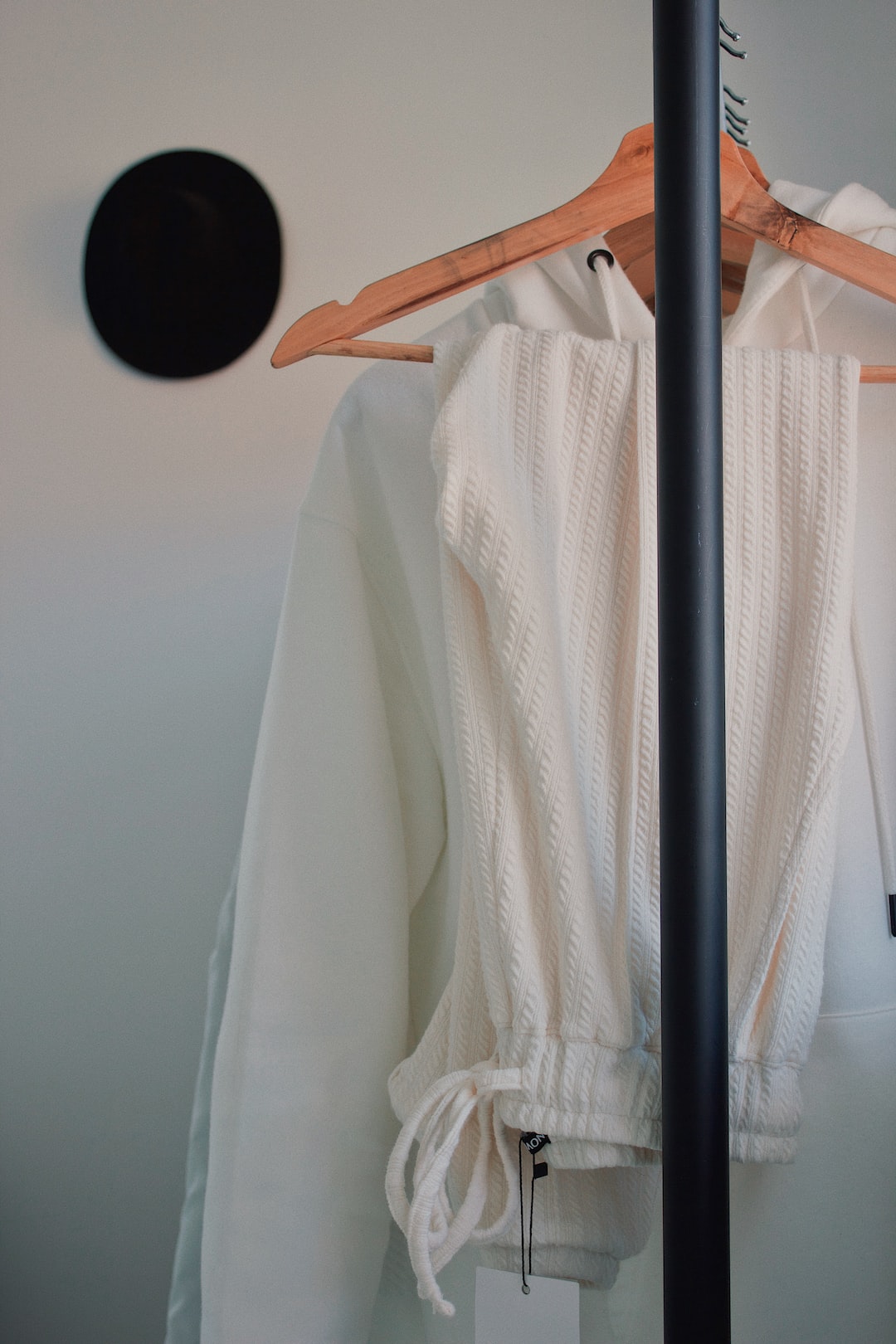Are you tired of paying premium prices for a cup of coffee at your favorite café? Perhaps it’s time to explore the world of home brewing. Not only is it more cost-efficient, but it also allows you to experiment with various coffee varieties, brewing techniques, and flavors. In this beginner’s guide, we’ll walk you through the basic steps of brewing your own coffee at home.
Choose Your Beans
The first step in brewing coffee is, obviously, selecting your beans. There are several different coffee varieties, each with its unique flavor, aroma, and acidity. You can select an appropriate roast depending on your preference, such as dark, medium, or light roast. Experts recommend buying whole bean coffee and grinding it just before brewing for maximum freshness.
Grind the Beans
If you’ve purchased whole bean coffee, the next step is to grind the beans. This is where the coffee maker you choose will influence the grind type you need. You can experiment with a few different grind types to determine the optimal one for your brewing method. Generally, finer grinds are better for drip coffee makers, while coarser grinds are better for French presses or pour-over methods. Grind size also affects taste, as finer grinds can result in a more acidic flavor, while coarser grinds can result in a robust, full-bodied taste.
Water Temperature
It’s essential to get the water temperature right, as water that’s too cold will not extract flavors from the coffee beans fully, while water that’s too hot can lead to over-extraction and bitterness. The ideal water temperature for brewing coffee is between 195°F and 205°F (90°C and 96°C).
Brewing Method
Choosing the right brewing method can contribute significantly to the taste and quality of your coffee. Some of the popular brewing methods include drip brewing, French press, pour-over, and espresso. Each brewing method has its distinct advantages and requires different levels of skill and equipment. For example, drip brewing is a convenient option that produces consistent results with minimal effort, while pour-over requires some technique and precision to achieve the perfect cup.
Pour and Enjoy
Once you’ve completed all the above steps, it’s time to pour and enjoy the fruits of your labor. Sip and savor the aromatic, rich flavors of freshly brewed coffee. You can experiment with adding some milk, cream, sweeteners, or spices to discover new flavors that suit your taste.
Conclusion
Brewing coffee at home can be a fun and rewarding experience, offering various opportunities to explore different coffee varieties and brewing methods. While the process may seem daunting at first, with some practice and experimentation, you’ll become an expert in no time. Use this guide as a starting point, and don’t be afraid to get creative and try new things to enhance your brewing experience. Soon enough, you’ll be a home barista, impressing your friends and family with your café-quality coffee creations.

